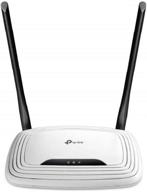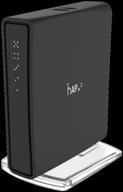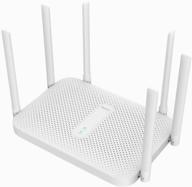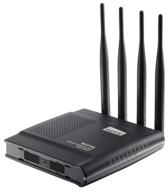
Review on Cisco-Linksys WRT320N: The Ultimate Dual-Band Wireless-N Gigabit Router by Mike Gruwell

Wired router = great. Wireless = unstable
So I'm now on my second WRT-320n. Revain is great for quick exchanges. First, it works well as a wired router. This gives me a full 50/10 Mbps internet connection. Problems arise when trying to do heavy work over the wireless connection. I have 2 laptops and an iphone on 802.11g. I have a desktop computer connected to gigabit ethernet. I have an XBOX 360 connected to Ethernet at 100Mbps. When I try to copy a lot of data from the network on one of the laptops, the WiFi eventually drops. All Wi-Fi devices on the local network are turned off. You can be less than 1 foot from the router and still lose connection. When this happened the first 320n I had also froze and the wired PC couldn't access the internet or ping the router. The only way to solve the problem was to turn off the power. With the second 320n, the wired PC can still access the internet, but not the wireless one. I checked the site with a program called inSSIDer and made sure I wasn't blocking other nearby access points. Even with the 320n wireless completely off and plugging in my old Linksys WRT-54g, the wireless was 100% stable. The Linksys WRT-54g has been a great router and access point for me for a number of years, but its slower processor can't handle the full bandwidth of a 50/10 Internet connection. Being so happy with the WRT-54g, I figured the 320N would be just as reliable. Unfortunately it isn't. After some research and posting on the Linksys support forums, I was told to change the MTU to 1300, the RTS and fragmentation thresholds to 2304, and the beacon interval to 75. It seems to work much better with these settings. However, setting the MTU to 1300 increases data transfer overhead. The need to lower settings usually indicates a hardware or design issue. Network experts will agree, and I can confirm that sending packets larger than 1272 bytes causes overhead-induced fragmentation. While these setting changes work, they are not optimal and performance will be impacted. There shouldn't be any reason to adjust the MTU size in any router unless you intend to use larger "jumbo" frames. I would NOT recommend this router. It's Wireless N, and for some reason it can route about 145 Mbps from WAN to LAN for less than $100. Linksys has not released firmware updates since July 2009. This problem still exists and they continue to do nothing about it. This router also gets hot. My first block ran hotter than my second. I often wonder if heavy Wi-Fi transmissions caused the chipset to overheat, possibly causing a bad solder joint to fail. Or draw excess power and bad capacitors couldn't carry the right load. I tried the latest version of Linksys firmware 1.0.03. Full factory reset. Works with factory settings. Nothing works. Tried third-party DD-WRT firmware. Excellent firmware with great functionality, but it is stable only when the MTU is lowered to 1300, SIMPLE like Linksys factory firmware. This leads me to suspect that this model has a chipset issue.
- Normal price
- Not bad
New products
Comments (0)
Top products in 📶 Wifi Routers
Another interesting products

🔌 StarTech.com NETRS232 Serial to IP Ethernet Device Server - DIN Rail Mountable - Serial Device Server - Serial Over IP Device Server (Black)

4 Review
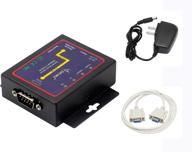
🔌 CERRXIAN RS232 to Ethernet Serial Device Server - TCP/IP Converter with 1Port DB9 RS232 Serial to Ethernet Connectivity

3 Review
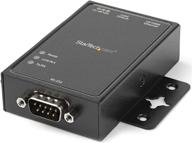
🌐 StarTech.com NETRS2321P: 1-Port RS232 to Ethernet IP Converter, Serial over IP Device Server - Black

5 Review
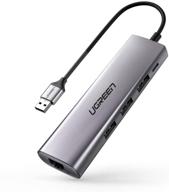
UGREEN USB 3.0 Ethernet Adapter Hub with RJ45: Fast Gigabit Ethernet Converter, 3 Ports USB 3.0 Hub Compatible for MacBook, iMac, Surface Pro, Chromebook, Laptop, PC

11 Review


